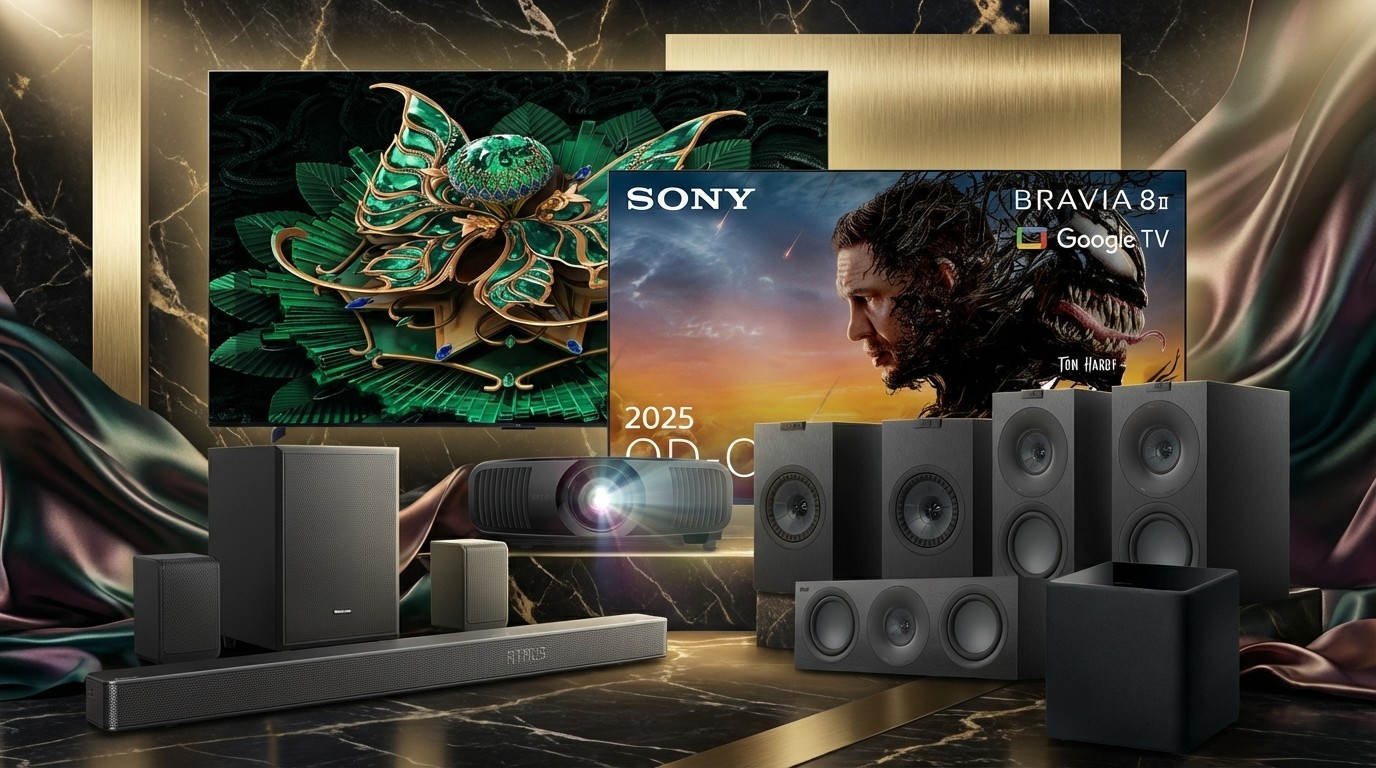How to set up and position your speakers in 4 simple steps
In order to really hear them at their best
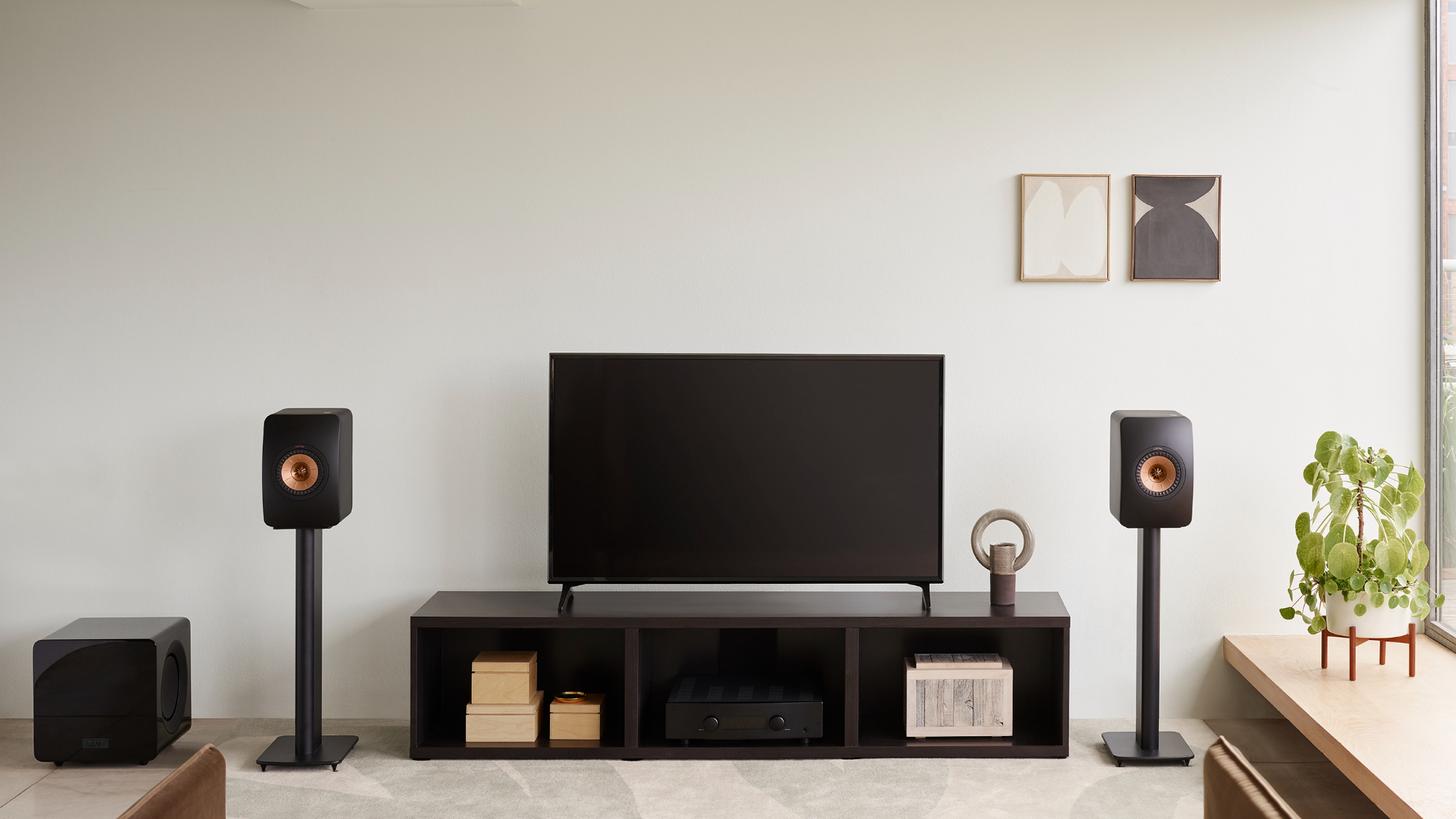
You need to respect your speakers. By which we don't mean bowing down to them and calling them 'My Lord', but placing them somewhere they have room to do their job and sound their best. So not on a crowded shelf, sandwiched between trinkets and keepsakes. That would be like stashing the Mona Lisa behind a Big Mouth Billy Bass.
This is easier said than done. It's not always obvious how you can get the best out of a pair of speakers. But whether you've had your speakers for years or they're fresh out of the box, there are some simple steps you can take to maximise their performance (and with it, your enjoyment).
Let's get started.
- Want new speakers? Here's our pick of the best speakers around
- On a tight budget? Check out our best budget hi-fi speakers
- Find out how to choose the best speakers for you
Run in your speakers
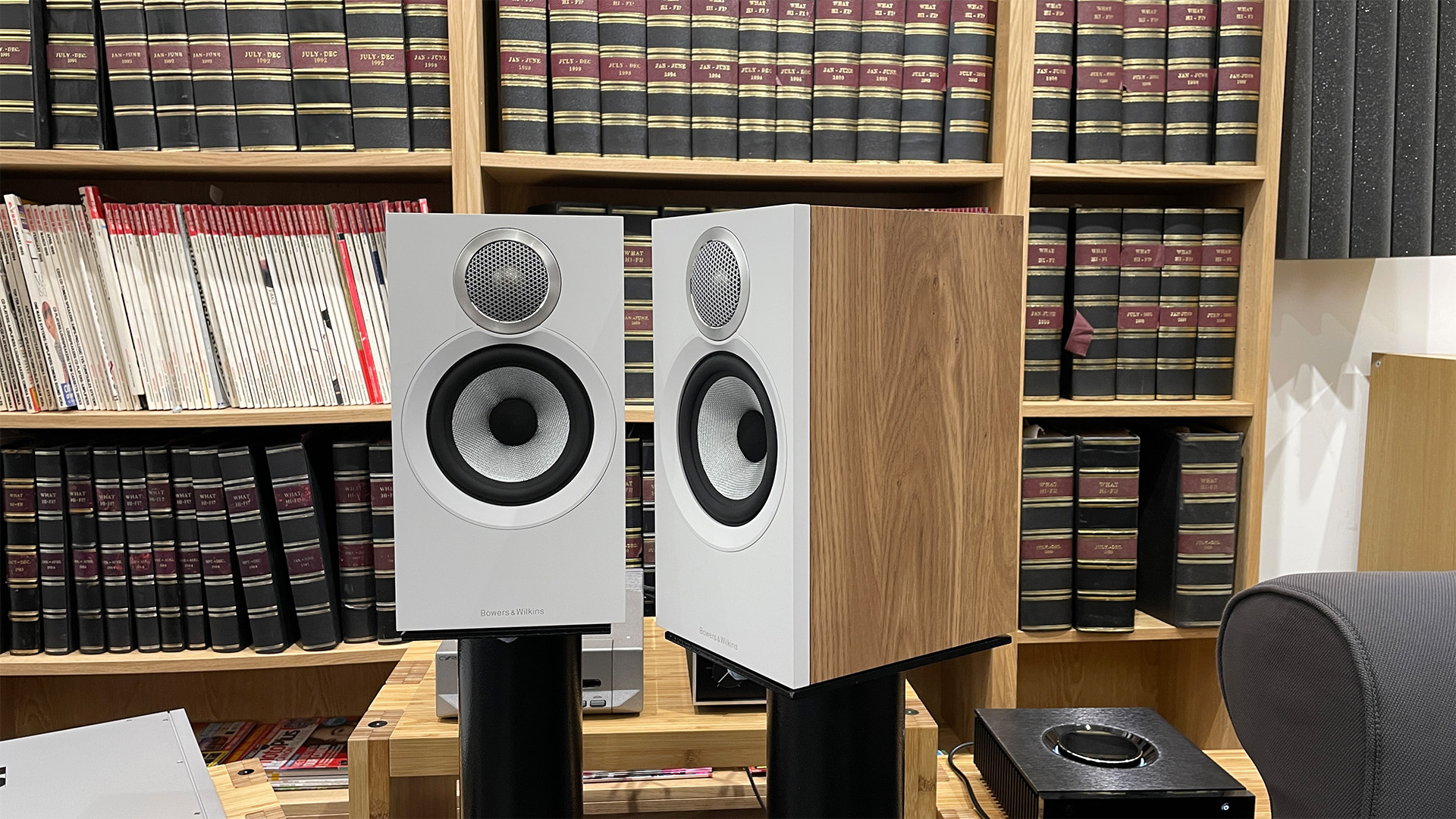
It’s extremely important for speakers to be properly 'run in' before you give them a serious listen. The worst thing you can do is judge them on first impressions alone.
All running in really means is you leave them playing, allowing the components to warm up, stretch out and get into their stride. Some speakers can take almost 100 hours to come on song – and they can keep improving long after that – though for most pairs around 24 hours should suffice.
It’s unlikely you’d want to do this at any extreme volume, but be careful not to push them too hard straight away. Let them ease into a walk before you ask them to run.
Get speaker positioning right
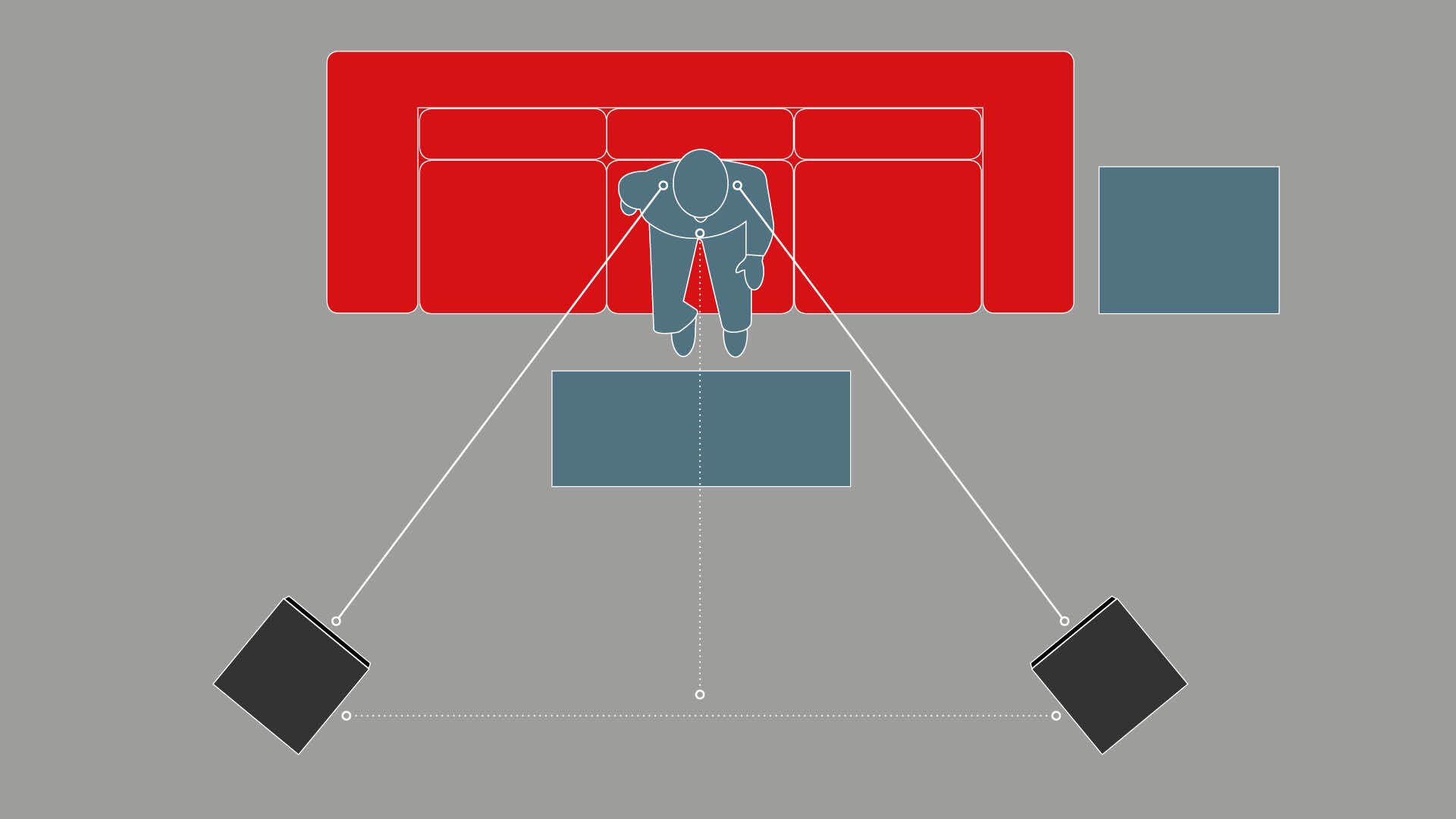
Presuming you’re not really doing anything but plugging them in and waiting during task one (above), the most time you’ll spend getting your system to sound right will be with positioning.
The latest hi-fi, home cinema and tech news, reviews, buying advice and deals, direct to your inbox.
Take your time here. Small differences in position can make big differences to speakers' sonic balance. Generally, placing your speakers close to the back wall will give you more bass, while putting them further away will decrease the low end you hear but should offer more convincing stereo imaging.
This should be a balance rather than a compromise, though rear-ported speakers – those with a reflex port firing backward – tend to be more sensitive to proximity to a rear wall.
Do try to avoid placing your speakers in a corner. It may be convenient spatially, but you’ll almost certainly get fat, lumpy bass that will skew the whole balance of the sound.
Imaging is also largely affected by the angle of the speakers. Most speakers sound best slightly toed-in towards your most regular listening position, which ought to be equidistant to each speaker for peak sound dispersion.
Some manufacturers do design their products to fire straight ahead, and we do find this the optimum set up for some speakers, so it’s best to check the manual for information and suggestions on that. The manual may also suggest how far apart to space your speakers and the recommended distance from each surrounding wall. Ultimately, though, it is up to you to adjust and tweak to get the best out of your room. No room sounds the same so it's worth experimenting.
- 7 things that make your hi-fi system sound bad (and how to improve them)
Invest in stands, spikes and speaker cable

You might have bought a pair of speakers advertised as ‘bookshelf’ but, as with their surrounding environment, the support on which your speakers sit is of vital importance. If budget and practicalities allow, we strongly suggest you buy some quality speaker stands for your standmount speaker rather than put them on shelving.
The performance of standmounters depends hugely on the quality of their support, and this is another area you shouldn’t compromise on. There are companies dedicated to designing stands and hi-fi supports, but speaker manufacturers sometimes also create equipment tailored to their ranges, so it’s worth also spending time to research those and listen to an array of options.
Of course, if you’ve opted for floorstanding speakers, you won't need stands. But do make sure you fit the spikes; if you have wooden floors, you’ll likely have been supplied with coin-shaped pieces to put the spikes on to avoid scratching the boards. If you don’t have any of those, you can always use actual coins or something similar.
There’s a chance you’ve not considered speaker cables. Some people ignore the significance of good-quality wiring altogether or are tempted to skimp on the last few quid. Please don’t. Trust us when we say a good speaker cable can be the best-value way to upgrade your audio experience. (The same goes for the cables connecting your electronics, so make sure you invest in decent audio cables too.)
Again, different cables can accentuate different qualities in your hi-fi system, so it’s well worth trying a few well-reviewed cables before buying metres and metres of the wrong one.
As a rough recommendation, you should spend around 10 to 15 per cent of your system cost on your cabling.
Look after your speakers
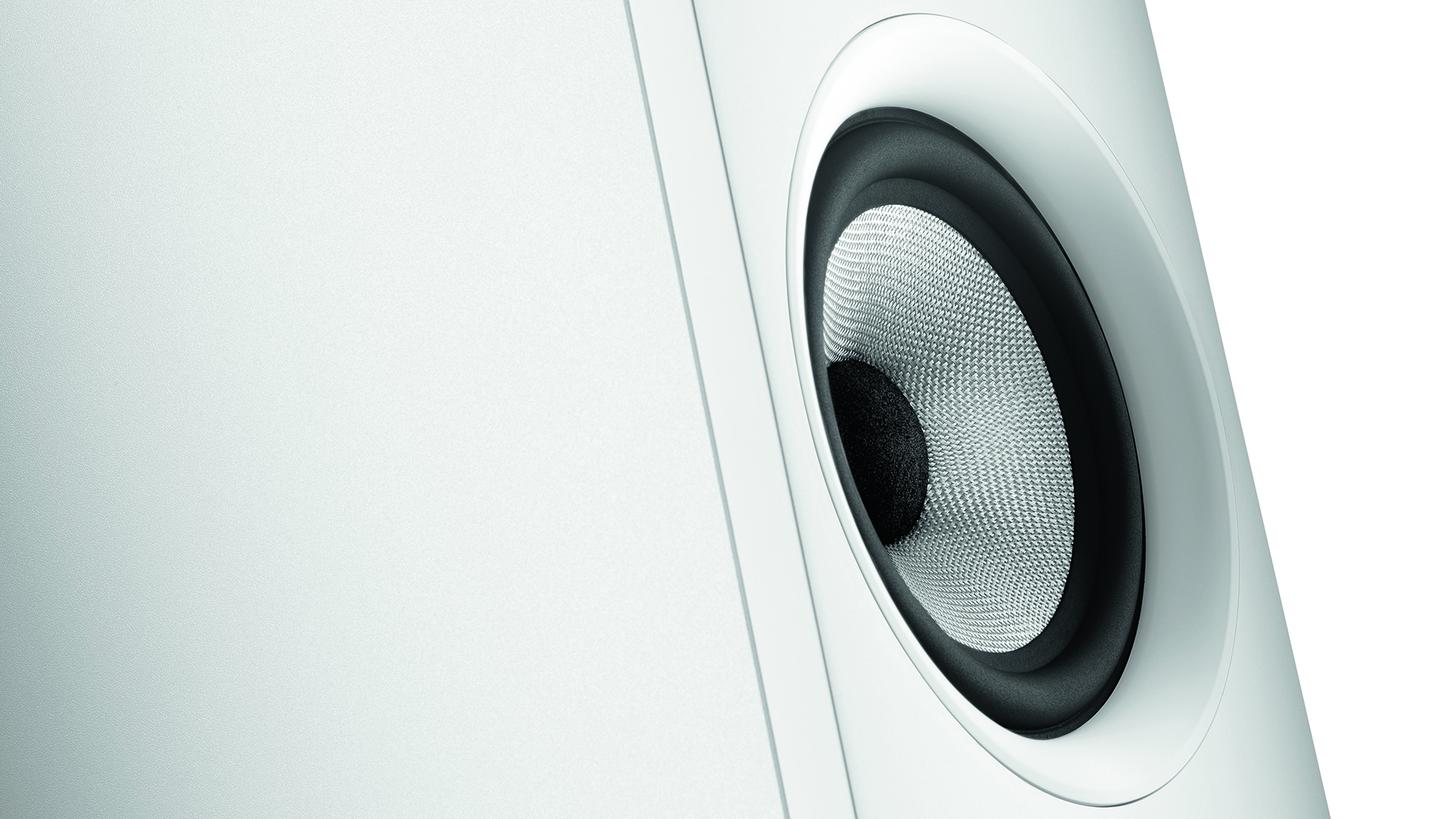
It might seem pretty obvious but, assuming you have a decent pair of speakers, you won’t want to leave anything sitting on top of them that might rattle or dampen the sound when you put your music on.
You also don't want anything sitting directly in front of the drivers – and usually that includes the speaker grilles. While it's a good idea to keep them on for protection when you aren't using your speakers (especially if you have small, curious children!), and to keep the drivers from collecting dust and dirt, you'll often get a better sound with them off.
Certain manufacturers tune their speakers with the grilles on, but most of the time the grilles are simply designed to be as unobtrusive as possible – which by definition is still somewhat obtrusive to the drivers' output. Just make sure to give them a delicate dust every now and then to keep the drivers clean.
After that, the best way you can look after your speakers is really to feed them lots and lots of music. The more love you give them, the more they'll give back. Never be afraid to shuffle your speakers around a bit if it helps, either – speaker set up is as much about listening as any set of rules.
And remember, the whole reason you're doing all this is for your enjoyment. So never lose sight of why you bought your speakers in the first place. And if you're after some tracks to test certain elements of your system, or are simply looking for music inspiration, be sure to try one (or more) of our best test tracks to trial your hi-fi system lists or the official What Hi-Fi? playlist.
MORE:
- Starting your system from scratch? Here's how to build the perfect hi-fi system
- How to choose the right speakers and get the best sound
- After just-add-source speakers? These are the best active speakers you can buy
Joe has been writing about tech for 20 years, first on staff at T3 magazine, then in a freelance capacity for Stuff, The Sunday Times Travel Magazine (now defunct), Men's Health, GQ, The Mirror, Trusted Reviews, TechRadar and many more. His specialities include all things mobile, headphones and speakers that he can't justifying spending money on.

